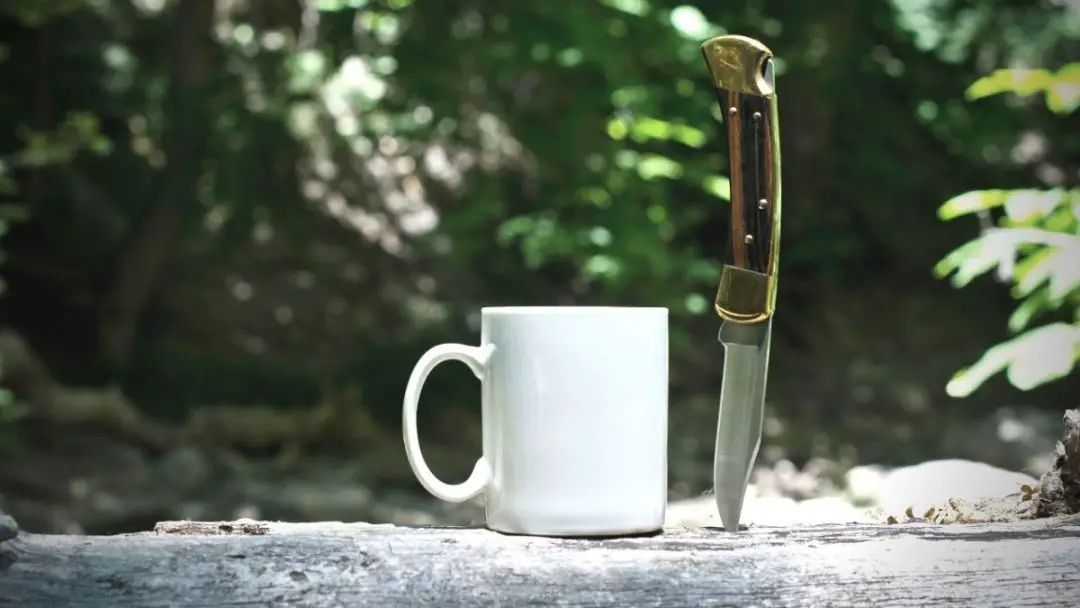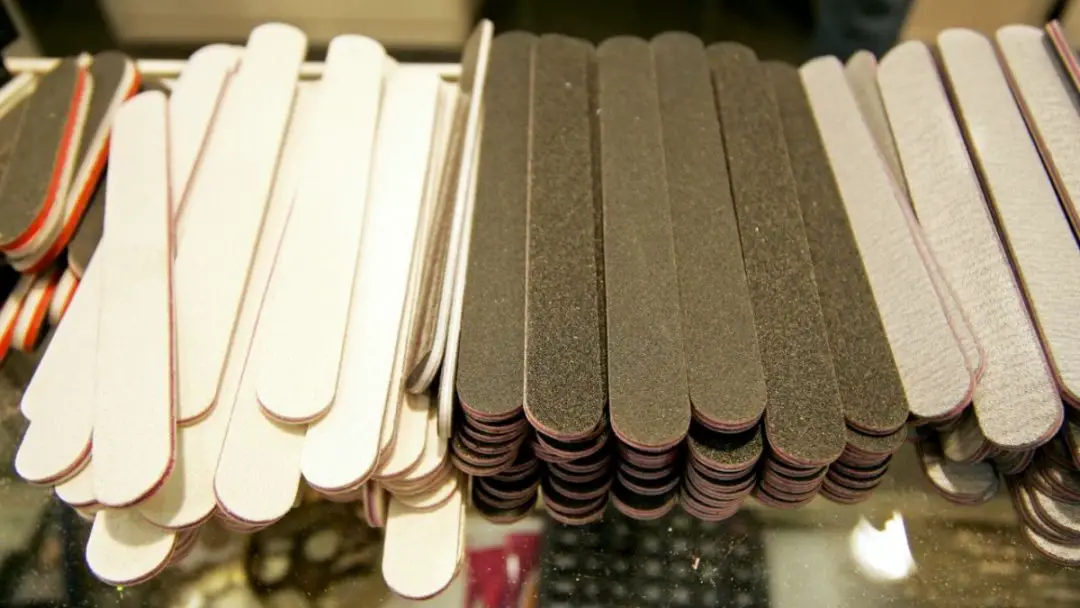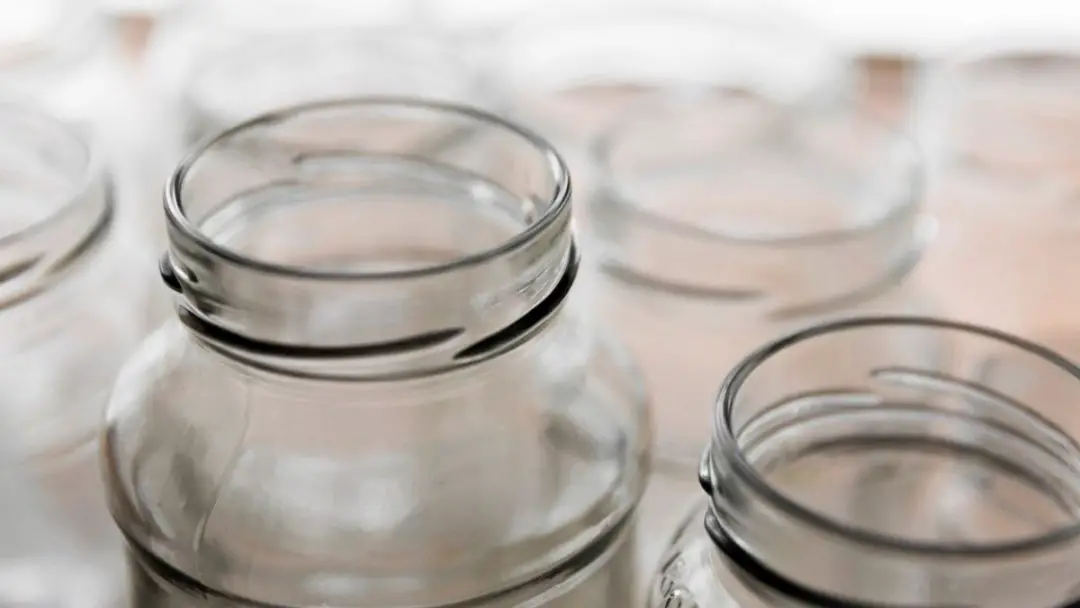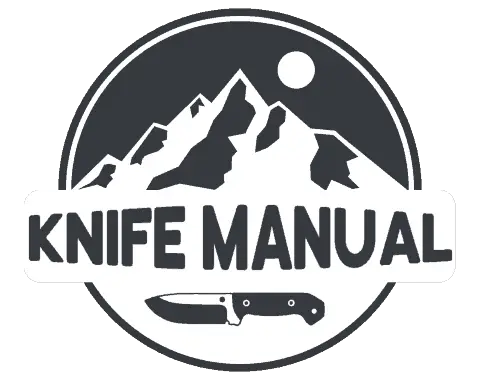
Sharpening your knife is crucial to keeping it in good working condition, but not everyone has access or wants to use a sharpening stone. Luckily, there are many ways to sharpen your knife by just using some common things that you can find around your house.
Sharpening a knife with household objects is pretty simple to do and is great if you don’t have access to a sharpening stone. One of the most effective ways to do it is to take a ceramic coffee mug and grind your blade on the bottom. After your knife is sharp, you can strop it on a leather belt.
I definitely recommend you learn how to sharpen your knives on a proper sharpening stone, but household objects can be a great alternative if you are currently saving for a good stone or just don’t have access to yours at the moment.
While using household objects, such as mugs, sandpaper, nail files, and the other methods that I go over in a second can get you good results and a sharp knife, nothing can really beat a good sharpening stone. Only use these methods when you have to and don’t do them too often or you might end up ruining your blade.
My favorite and recommended sharpening stone is the Sharp Pebble Whetstone, it is double-sided with different grit levels on each side and will work for almost any knife. Anyways, let’s get on to the different household objects that you can use to sharpen your knife.
Table of Contents
Ways to Sharpen a Knife with Household Objects
While sharpening your knife using a good sharpening stone will always be the ideal way to get your blade nice and sharp, it is possible to get some good results from using household items.
With a whetstone or sharpening stone, you can kind of just jump right in and it’s pretty straight forward, but when you are not using a knife sharpener or stone it can take a little bit more learning and effort.
Just take your time and do some problem solving, and using a variety of different household items to sharpen your knife will soon become easy and you can become more efficient when doing it. As they often say: practice makes perfect.
1. Coffee Mug
Probably one of the best and most popular household items to sharpen a knife with, a coffee mug is fairly common and you can get some great results from it.
Make sure that the mug you want to use is ceramic and doesn’t have a super glossy coating on the bottom. It really doesn’t matter if the sides are glazed or glossy because you will only be using the bottom of the mug.
Once you have selected a mug and made sure that you don’t mind that the bottom might get a little scratched, it’s time to actually sharpen your knife using it.
It’s pretty simple to do and the more you practice, the better you will become at it. Just take your knife and hold the blade at about a twenty-degree angle to the bottom of the cup. Slowly and lightly run the blade along the bottom of the cup just like you would if you were using a sharpening stone.
Using a coffee mug will often be a great way to get a lot of material off your blade if it is super dull. If you have a knife that just needs a bit of a touch-up, I would recommend just sharpening it very lightly or maybe just stropping the blade using a leather belt or strop.
2. Sandpaper
Using sandpaper to sharpen your knife can be a great option because you have the choice to use different grades of sandpaper to get your knife to its absolute sharpest. If your knife is super dull, you can start with rougher sandpaper to get it going and move to finer sandpaper as you continue to sharpen.
I suggest you tape or somehow clamp the sandpaper down on a counter or flat surface so you can sharpen your knife without it trying to run away from you.
After you have your sandpaper so it won’t move around, it’s time to actually start sharpening your knife blade. To do this, simply hold your knife blade at a twenty-degree angle and slowly run it over the sandpaper.
Just take your time with it and slowly work on sharpening your knife blade. It’s not going to happen in just a few strokes. It might take a good while to get your blade sharp, especially if you are using a really fine grain of sandpaper.
If you can’t find sandpaper around your house, you can pick some up for really cheap at a craft store or on Amazon here.
3. Nail File

Most anyone will have a nail file around their house somewhere, and you can finally put it to good use and sharpen your knife blade with it.
Just like the sandpaper method, somehow make the nail file stay put on a surface and run the blade of your knife over it at about a twenty-degree angle.
It’s basically the same process as the sandpaper method and works well for really dull knives. If your knife is kind of sharp and just needs a little bit of a touch-up, try doing it very lightly just strop the blade on a leather belt or strop.
While this sort of applies to sandpaper as well, be careful with how gritty and abrasive your nail file is. You want something that has enough grit on it so that it will actually sharpen your knife blade, but you don’t want something that has too much and will just chew it up. Just keep this in mind before you jump right into sharpening your knife using a nail file or sandpaper.
4. Ceramic Plate or Bowl
Sort of like the ceramic coffee mug method of sharpening a knife, you can also use a ceramic plate or bowl. Ceramic, if it is not glazed or coated with something slick, is a great material to sharpen your knife on. It is nice and rough so that it actually sharpens your knife, but it’s not too gritty where it ruins your blade’s edge.
It’s basically the same process as the coffee mug method. After you have figured out that nobody will be mad if you scratch up the bottom of your selected crockery, flip the bowl or plate over on a surface where the bottom that is not glazed is facing upwards.
As a little extra tip, if you place a grippy towel or mat under your plate or bowl it won’t slide around as much and will be way easier to sharpen your knife on. Thank me later, I just saved you a massive headache and possibly a broken plate or bowl.
To sharpen your knife, simply take your knife blade and hold it at around a twenty-degree angle to the bottom of your dish. Start slowly and begin to run your blade along the unglazed ceramic to sharpen your knife.
It might take a while, but eventually, it will make your blade nice and sharp. You might need to strop your blade on a leather belt if there are a lot of pieces of metal still left on the edge of the blade.
5. Edge of a Car Window

One of the more unique methods of sharpening your knife blade without a sharpener or stone is running your blade along the edge of a car window which works surprisingly well.
To sharpen your knife blade using this method, roll the window down on YOUR own car (please don’t use your neighbor’s) and line up your blade at about a twenty-degree angle along the edge of the rolled-down window.
Using light and kind of slow strokes, bring your knife blade across the edge of the window in controlled sweeping motions. As with most of the other methods on this list, you are sharpening your knife on something that is not meant to sharpen anything so it might take a while.
Just please be careful and don’t mess up your car window. Take it slow and if you see it scratching the glass, STOP. A proper sharpening stone is a lot cheaper than a new car window.
6. Smooth Stone
While this might not be something that you find actually in your house (or maybe you do, I don’t know) a really nice and smooth rock can be used to sharpen your knife blade.
If you don’t have a smooth stone just lying around, one of the best places to look for one is around a creek or river. In my opinion, there is no better rock to sharpen your knife blade on than a river tossed one that is super smooth.
The next part is to find a spot on the rock that is perfect for sharpening your knife. The most ideal scenario would be if you could find a smooth rock that had a flat spot on it that was as long as your knife blade. But this is very lucky to find so you often just have to work with what you got.
After you have found a part of the rock where you want to sharpen your knife, put your blade at about a twenty-degree angle to the surface. Just like I have described in previous methods, sharpen your knife blade using smooth and controlled motions.
The more you do it the better you will get, it’s just a fact. Your first few times sharpening a knife, whether on a rock or a proper sharpening stone, will often be uneven and a little wonky. Just one more reason why it is good to learn how to sharpen a knife on a real sharpening stone and not a coffee mug or a rock from the creek.
7. The Spine of a Different Knife
One more reason why you should carry a second knife with you, you can use the spine of another knife to sharpen your knife blade. This is pretty effective and you don’t really need any other equipment other than two knives.
Just a side note, it will NOT be as cool as what you have probably seen in the movies and in TV shows. You know, when some cool broody guy is sitting on a rock and scraping two knives or swords together and sparks are flying everywhere. In real life, if there are sparks when sharpening your knife using this method, stop and figure out what you are doing wrong.
To sharpen your knife using this method, simply hold your second knife in your non-dominant hand and the knife that you want to sharpen in your dominant hand. In smooth and controlled motions, run the blade of your knife over the spine of your other knife at about a twenty-degree angle.
8. Glass Bottle or Jar

For this method, I prefer to use a Mason jar or something similar but other types of glass bottles or jars can be used as well. You could even use a broken piece of glass, but the chances of cutting yourself are increased by a lot.
Unlike the coffee mug method where you flip the cup over and use the underside, for glass jars and bottles it works best to use the rim at the top. It definitely takes a while to get a knife blade sharp using a glass jar but it is very possible. This just wouldn’t be my method of choice just because I often get impatient.
To sharpen a knife blade using this method, line up the blade so that it is at about a twenty-degree angle to the rim of the glass jar and use controlled and smooth motions to sharpen it.
9. Smooth Brick
While it might not be a common household item because you normally can’t just find a brick laying around in someone’s house, I thought it was at least worth mentioning because they are easily accessible for many people and make great surfaces to sharpen your knives on.
Just be sure that if you decide to use this method to sharpen your knife, make sure that the brick isn’t too coarse. If there are large chunks of material in the brick or if it is just too rough, it could ruin your knife to sharpen it on that type of brick. Just make sure the surface of the brick is smooth so it won’t ruin your knife blade.
To sharpen your knife using a brick, simply use it like you would a sharpening or whetstone. Line up your blade at about a twenty-degree angle to the surface of the brick and begin bringing the blade across the brick using controlled and smooth motions.
10. Smooth or Fine Concrete
This is one of my least favorite household items to sharpen a knife on just because most concrete is just way too rough even if it is the finest and smoothest that you can find. There are just so many different materials and rocks that are in concrete which could just tear your blade apart.
It is still possible to sharpen your knife on smooth concrete, but it should only be done in an absolute emergency because the probability of you messing up your blade is pretty high. Just steer clear of this method if possible.
However, if you want to risk it and sharpen your knife on some concrete, it’s basically the same process as with a brick or sharpening stone. Just line up your blade at a twenty-degree angle or so and just bring it across the surface is smooth and controlled motions.
Conclusion
Well, those are some ways that you can sharpen your knife using household items if you don’t have a knife sharpener or whetstone. However, I would really suggest you do these methods carefully and buy a sharpening stone or whetstone as soon as you can.
These methods are great in their own way because they are easy and accessible methods to get your knife sharp, but they are not long term solutions. If you sharpen your knife on a brick, or some of the other methods I talked about, too many times you can easily grind down your blade and potentially ruin it.
The best way to actually and carefully sharpen a knife is with the proper equipment. These household methods will get you over if you can’t afford a whetstone right now, don’t have access to one, or are just feeling a little adventurous.
Just use these sharpening methods using household items at your own risk and really, please, just go get an inexpensive sharpening stone. Your knife will thank you.
